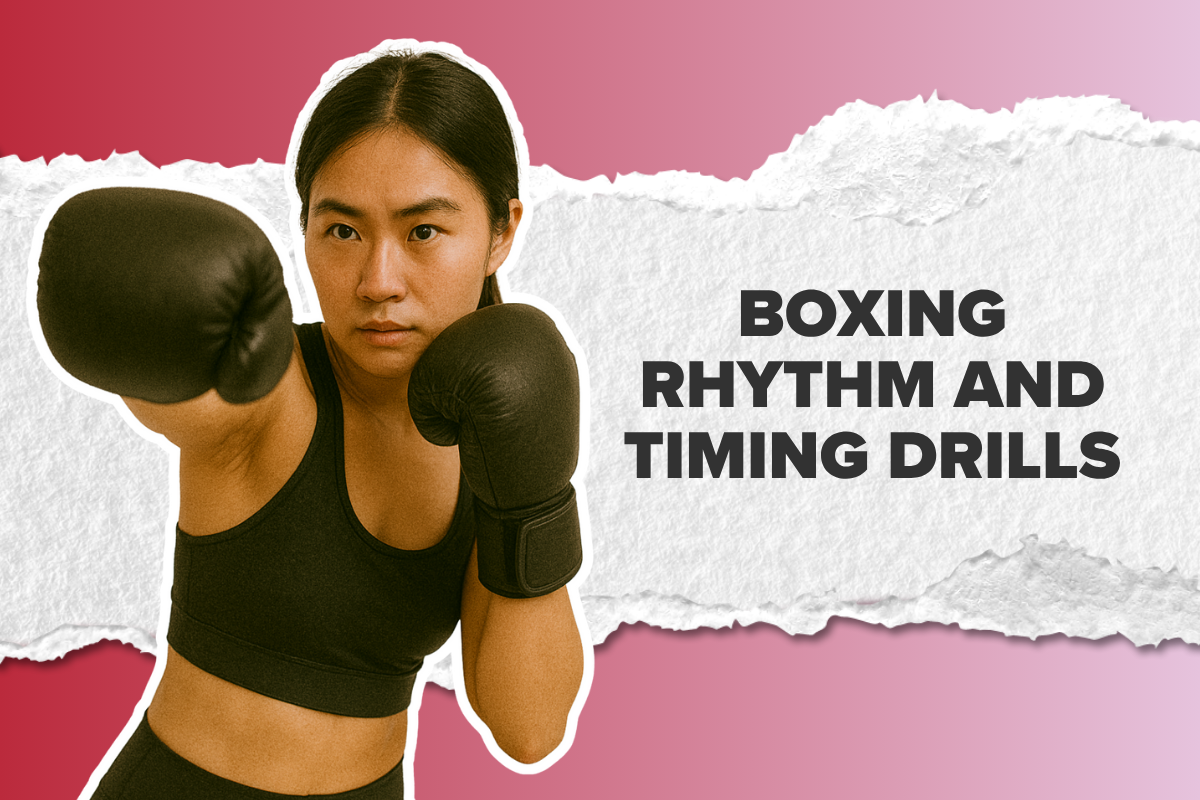Sparring is where your training comes alive. It’s the bridge between drills and real fighting—but it can feel intimidating at first. With the right mindset and preparation, sparring becomes one of the best ways to build skill, confidence, and ring IQ.
Here are essential boxing sparring tips for beginners to help you stay safe, relaxed, and ready to improve every round.
Why Sparring Is Important
-
Tests your technique under real pressure
-
Improves timing, accuracy, and distance control
-
Teaches you how to stay calm when hit
-
Builds fight conditioning and mental toughness
1. Focus on Learning, Not Winning
Your goal in sparring is not to “win” rounds—it’s to learn and develop. Treat each session as a chance to try new things, fix mistakes, and get comfortable with real exchanges.
2. Communicate with Your Partner
Before you start, talk to your partner about:
-
Intensity level (light, moderate, or technical sparring)
-
Any areas you want to work on (e.g., jabs, defense)
-
How many rounds and breaks you’ll take
Good communication helps avoid misunderstandings and unnecessary hard shots.
3. Always Warm Up First
Never jump into sparring cold. Spend 5–10 minutes shadowboxing, jumping rope, or hitting mitts. A warm body reacts faster and is less prone to injuries.
4. Keep Your Eyes Open
New boxers often close their eyes when punches come. Train yourself to watch your opponent’s shoulders and chest—these cues show you what’s coming next.
5. Stay Relaxed and Breathe
Don’t tense up or hold your breath. Tight muscles slow you down. Stay loose, breathe with every movement, and move fluidly.
6. Start with Simple Combos
Don’t overthink fancy combos. Stick to basics like:
-
Jab, cross (1-2)
-
Jab, cross, hook (1-2-3)
-
Jab, slip, cross (1-slip-2)
Keep it clean and controlled—accuracy over power.
7. Use Your Defense
Practice blocks, slips, rolls, and footwork—not just punches. Good sparring is about defense as much as offense.
8. Move After You Punch
Don’t stand still after landing shots. Step out, pivot, or angle off to avoid counters. Make it a habit early.
9. Spar with Different Partners
Try sparring with various styles and sizes. Each partner will challenge you in new ways and help you adapt.
10. Review and Reflect
After sparring, jot down what worked well and what didn’t. Ask your coach for feedback, and pick one thing to focus on next time.
Beginner Sparring Do’s and Don’ts
✅ Do:
-
Wear full protective gear (headgear, mouthguard, groin protector, 16oz gloves)
-
Tap gloves before and after rounds
-
Respect your partner’s level and pace
❌ Don’t:
-
Try to throw haymakers to “prove” yourself
-
Lose your cool if you get tagged
-
Forget your basics under pressure
Sample Beginner Sparring Structure
-
Round 1: Light jab-only sparring to find range
-
Round 2: Add 1-2 combos with defense focus
-
Round 3: Freestyle light spar with movement and slips
Final Thoughts
Sparring is where you learn to stay calm under fire, read your opponent, and test everything you practice on the bags and mitts. Start slow, stay safe, and remind yourself that every round—good or bad—helps you grow.
Ready to step in confidently? Check out KOStudio.co for gloves, mouthguards, and protective gear made for women who train smart and spar safely.



